The COVID-19 pandemic is causing unexpected obstacles to education and learning. Most schools in Indonesia are currently closed and millions of students have to study remotely.
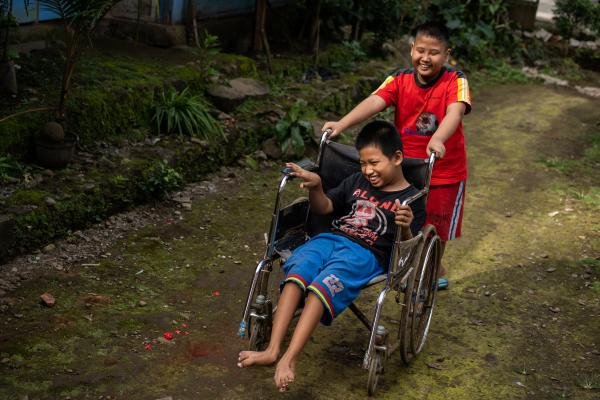
However, the impact of school closures on each child can be different. This is especially dangerous for children with disabilities who are already experiencing more serious problems. In 2019, according to the 2018 National Socio-Economic Survey (SUSENAS) data, there were nearly 140,000 children with disabilities aged 7-18 years who were not attending school. In addition, not all children with disabilities have access to Distance Learning Solutions (PJJ). Most do not have the necessary support, internet access, technical facilities and study materials.
The current crisis presents major challenges for children with disabilities and their families. However, this is an opportunity to address the systematic inequalities that have arisen in the education sector and are evidenced by the epidemic.
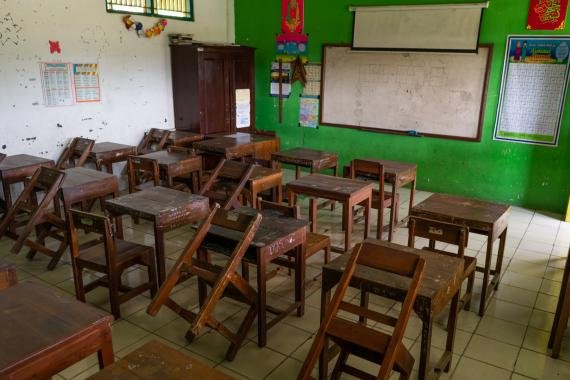
Before the pandemic, Indonesia had nearly 3 in 10 children with disabilities who never attended school. On the other hand, those who attend school show a very large gap in academic achievement. Only 56% of children with disabilities complete primary school. In comparison, the primary school graduation rate for non-disabled children is 95%.
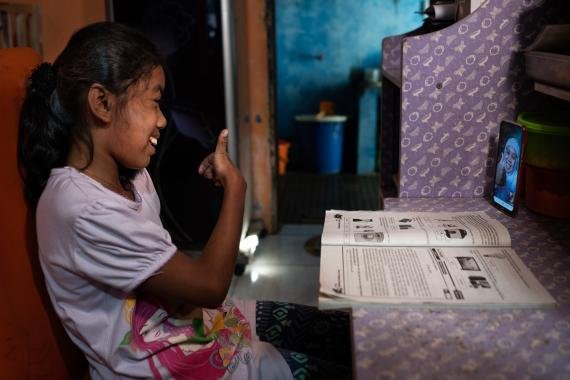
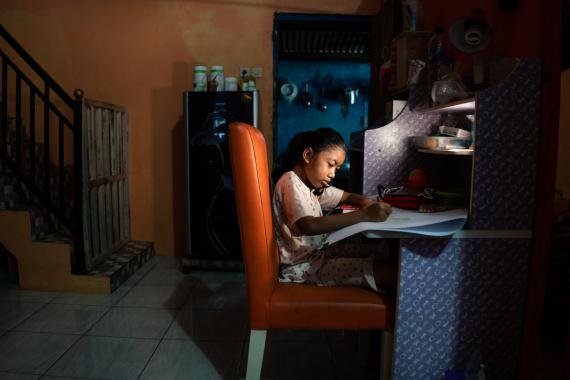
Without learning activities at school, students must rely on smartphones, computers, and the Internet to keep in touch with their teachers. However, many families, especially low-income people, cannot afford internet quotas, devices, and cannot live in areas with limited connectivity, so they cannot follow PJJ or get important information related to COVID-19. If you fix the problem, a fair connection can provide tremendous support for a more inclusive world.
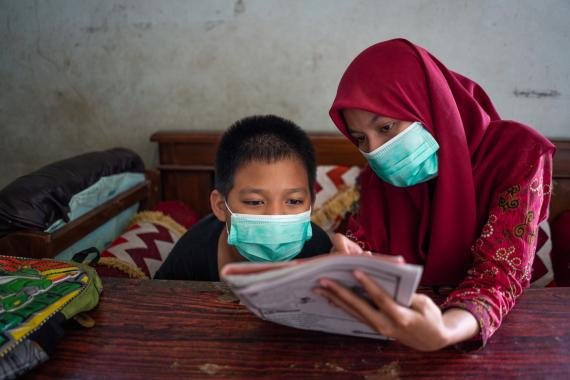
Without learning activities at school, students have to rely on smartphones, computers, and the internet to keep in touch with their teachers. However, many families, especially low-income people, are unable to pay for internet quotas, devices, and cannot live in areas with limited connectivity, so they cannot follow PJJ or get important information related to COVID-19. If you fix problems, fair connections can provide tremendous support for a more inclusive world.
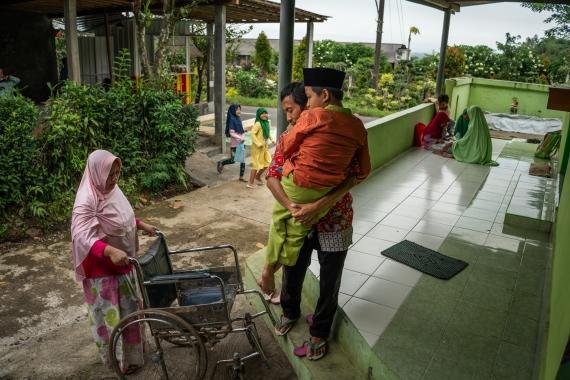
Syaiful is assisted by her father in a wheelchair. Syaiful could not move his lower body or his right hand. The lack of accessible learning facilities and materials is a major obstacle for children with physical, intellectual or learning disabilities. Universal school infrastructure design, including access to buildings, reading materials, and sanitation facilities, can help meet the diverse needs of children with different types of disabilities.
_0.jpg)
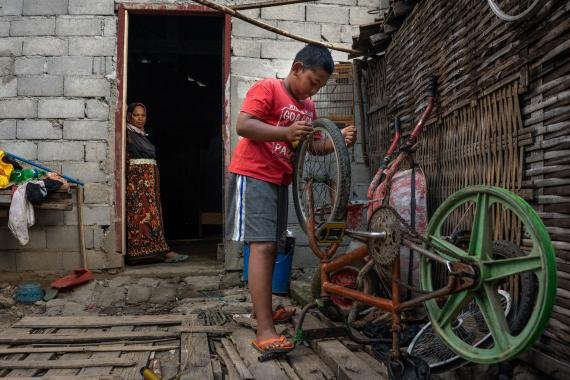
Children with disabilities should be more meaningfully involved in development programs. Disability related programs, policies, products or guidelines should not be developed without involving children with disabilities.
thanks to friends from UNICEF who have helped wholeheartedly

Greetings
@steemcurator01 @steemcurator02 @steemcurator04 @peanut @nutbox.mine @zzan @cjsdns @booming03 @steemitblog @pennsif @wherein